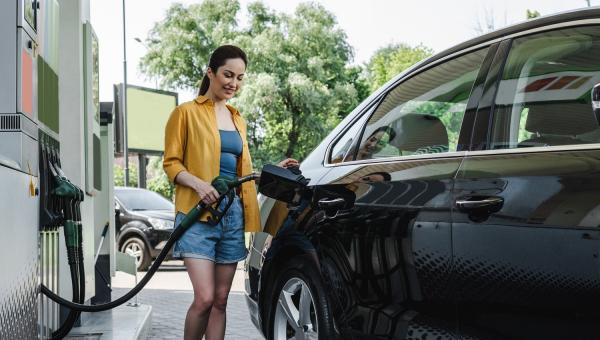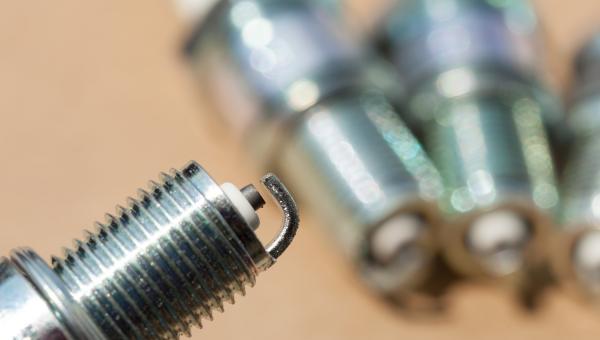Test Drive Notes Library
-
 Pros
Pros
- Useful plug-in mileage. The Escape gets about 36 miles of all electric range when fully charged. That’s enough for a lot of people to do all their “around town” driving during the day and never use the gasoline engine. Of course, the gas engine is seamlessly there for you, if you hear a radio ad for a sale at Ikea, 40 miles away, and suddenly need to rush over to load up on Hildegun Dish Towels.
- Efficient. Overall, your cost to run the Escape will depend on what you pay for your overnight electricity. But even once the electric range is used up, the Escape delivers 40 mpg as a regular ole’ hybrid, which is great.
- Very good handling. The Escape is agile, showing its European design roots with sharp handling and good maneuverability. It’s not quite sporty, but it’s a lot sportier than, say, a Nissan Rogue or a Toyota RAV4. It’s certainly more fun to drive than its closest competitors.
- Good acceleration. With the electric motors, acceleration is plenty quick enough. It’s not a burner, but it does fine in both city and highway situations.
- Very good controls. Ford’s SYNC system is well designed these days, making the 12-inch screen easy to use and fairly intuitive, with clear options. Added to that, the Escape maintains physical controls for the things you use most often, like heating, AC, and volume.
- Fit and finish. Our test Escape felt well put together. Our gussied up Titanium trim test car ($41, 780 with options and delivery), had most of the accoutrements a human could reasonably want, along with leather seats and steering wheel. Keep in mind this won’t be the case in more basic versions of the Escape, where you’ll see a good deal more plastic.
- Quiet in EV mode. Around town, while operating on electric power, the Escape was nice and quiet. Road and wind noise crept up along with speed.
- Standard safety. While all the basic safety features you’ll want are standard on all versions of the Escape, you’ll have to get a higher trim model and opt for Adaptive Cruise Control to get highway speed automatic emergency braking.
-
 Cons
Cons
- Firm ride. The European handling giveth, and the European firmness taketh away. The ride is not bad, but it’s not soft, either. Bumps and potholes are felt, but the car never gets unsettled.
- A little narrow. While there’s room for four adults, the Escape feels a little narrow — also in the European tradition. There’s plenty of shoulder room, but the Escape may feel narrow compared to some competitors, and even compared to its own Ford platform sibling, the Bronco Sport.
- Par for the course visibility. Like most compact crossovers these days, the view out the front and front sides is good. But as you move back, it gets worse. This is true of most cars in this class, save the Subaru Forester.
- No wireless Car Play. This is odd because our Escape came with wireless charging. So you can set your phone in the wireless charging tray while driving, unless you want to use it, in which case you have to plug it into a cable.
- Cheap, pop-up head up display. A head up display is something that really needs to be designed into a car from the beginning, because the projector is built into the upper dashboard. If you don’t design it in — let’s say you don’t think it’s going to be a feature your buyers will want, but then, all of a sudden, all of your competitors are offering it — what do you do? You kludge it. So the Escape has a little plastic screen that rises up from the top of the dashboard to create a basic head up display. Because of the high seating position, the pop up screen is not really in the way. It doesn’t take up a lot of windshield real estate like it does on, say, the Mini Cooper. But the plastic pop-up is a workaround, and will go the way of those motorized seatbelts from the 1980s.
Test Drive Notes Library
Get the Car Talk Newsletter
 Pros
Pros Cons
Cons


